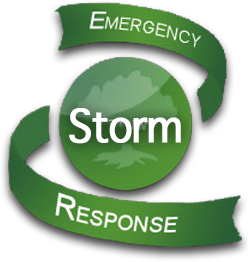Winter Ice Storms & Spring Wind Storms can cause extensive damage or even loss of your trees and shrubs. Get your dormant pruning service scheduled now!
Pruning trees and shrubs during their dormant season helps prepare the plant’s branches from breakage during heavy ice loads and from spring thunderstorms. An unexpected winter ice storm can pass though the Kansas City area and cause extensive damage, possibly destroying many trees and shrubs throughout the city.
There are certain varieties of trees such as oaks, elms and pines that should only be pruned during the dormant season to prevent the spread of Oak wilt, Dutch Elm Disease, and Pine Wilt. The dormant season is also the perfect time to trim overgrown evergreen and spruce trees.
Call K.C. Arborist, and an ISA Certified Arborist will visit your property to evaluate your landscape and make suggestions on
which trees and shrubs need pruning.
Notes from the Field: Pest Updates
In the late summer months, our certified arborists begin to see numerous insect problems such as: bagworms, mimosa webworms, spider mites, and Kermes oak scale, amongst others. The good news is that fortunately all of these issues can be treated. However, it is important for our customers to always think proactively, with preventative measures in place for vulnerable trees. Below is a check list of current insect threats, hosts, and symptoms that we are currently seeing in the field.
Bagworms:
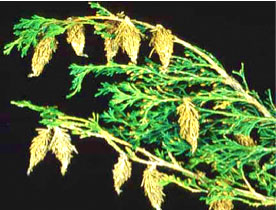
Typical Hosts: Junipers, arborvitae, spruce, pines, and many more..
Symptoms: Brown or stressed needles in evergreens and white cone shaped, silk bags attached to twigs/needles.
Mimosa Webworms:
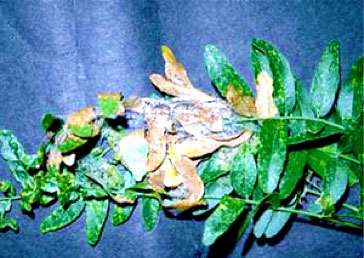
Typical Hosts: Mimosa and honey locust trees
Symptoms: Webbed foliage and skeletonized leaves within the webs
Spider Mites:
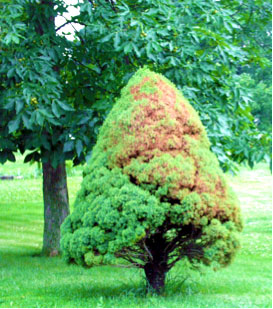
Typical Hosts: Spruce, arborvitae, pines, junipers, burning bushes, and cedar trees.
Symptoms: Discolored needles and leaves, fine silk webbing, gray or bronze cast to the infected tree, scorched needles, needle and leaf loss, and branch dieback.
Kermes Oak Scale:
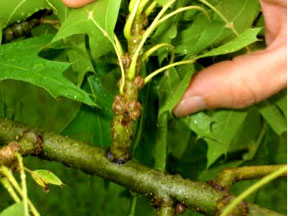
Typical Host: Pin Oak, Northern Red Oak
Symptoms: The scale feeds on tree sap, slowly reducing the plant’s vigor. Kermes scale can cause branch die back in Pin Oaks especially. Mature scales are tan, globular and hard. They are easily mistaken for galls or buds.
It is extremely important to get a control on these insects immediately. These issues can cause serious damage to your landscape. If left untreated, they may lead to permanent damage or the decline and death of your valuable trees.
If you are concerned that your landscape may be infested with any of these damaging pests, please contact us to schedule a consultation with one of our certified arborists.
